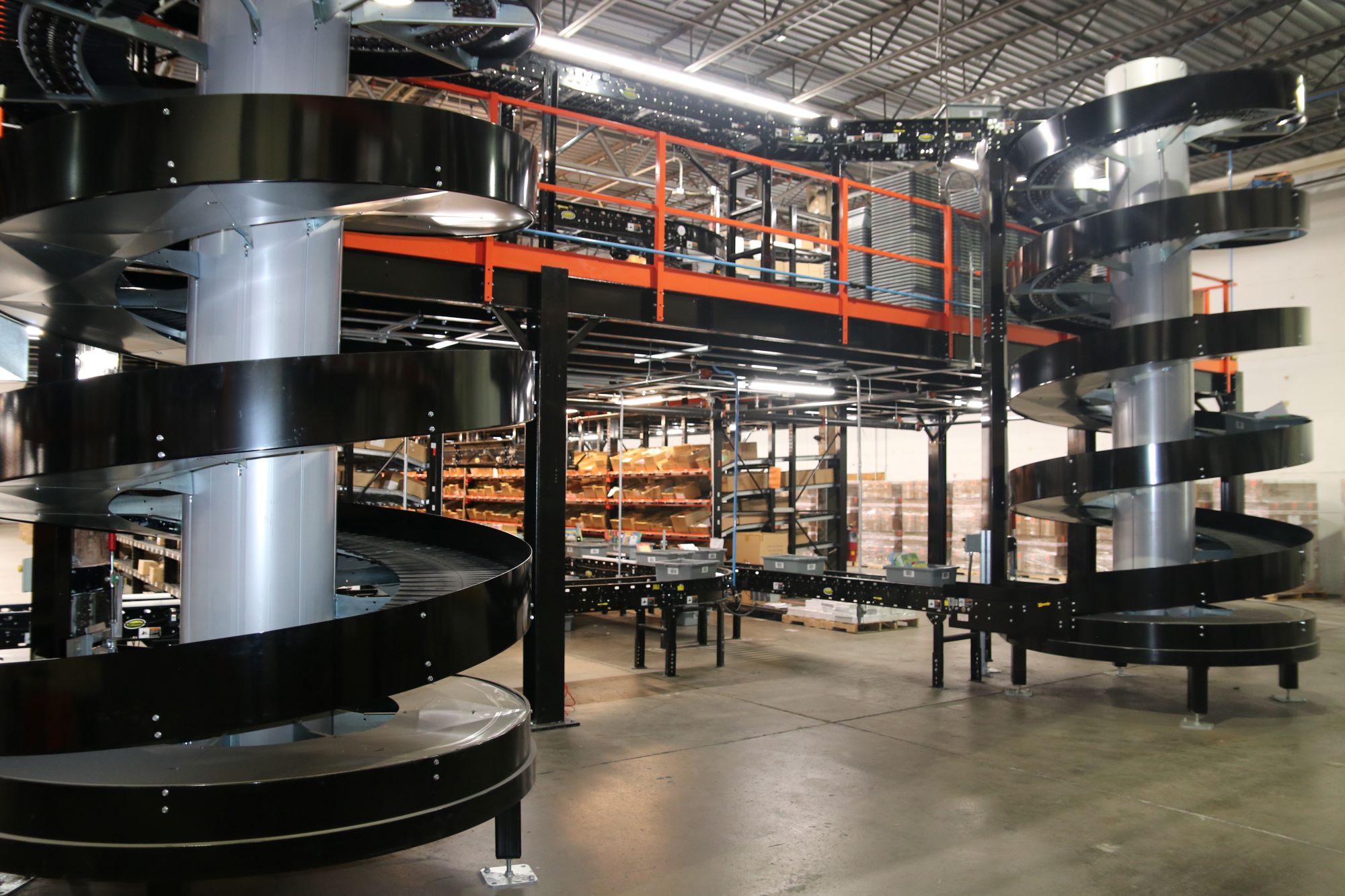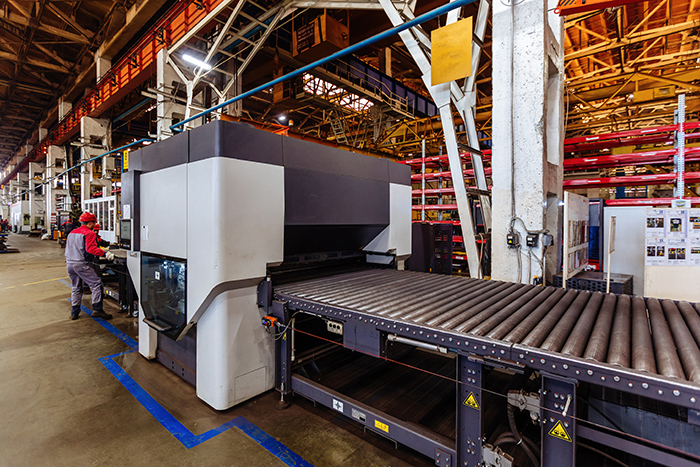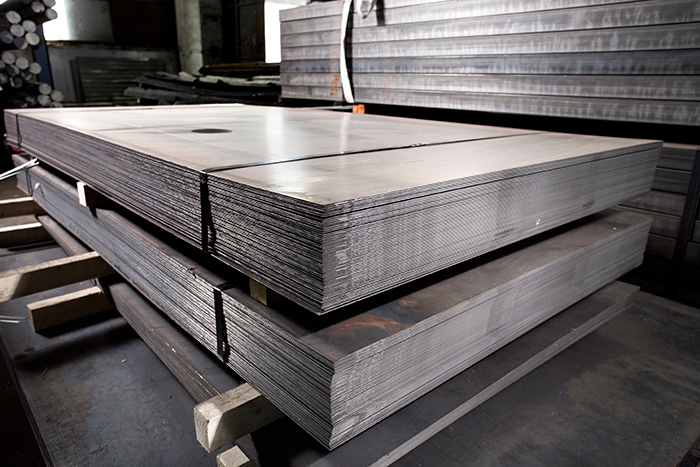
If you’ve worked in a warehouse long enough, you know the feeling: pallets everywhere, racks packed to the top beam, and your team playing Tetris just to make the incoming shipment fit. You’re sometimes storing pallets on the floor or holding them in the receiving area until a slot opens. It’s frustrating, destroys organization, slows everything down and ramps up safety risks. What are some things you can do to squeeze more capacity from your warehouse?












